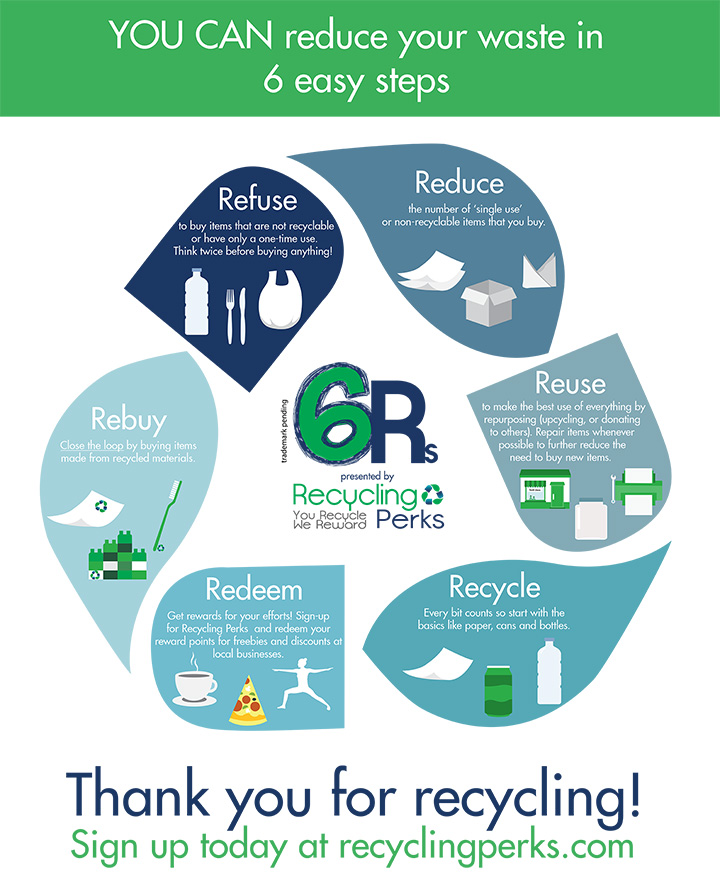The past decade has seen a growing concern about the environmental effects of the Formula One racing circuit. Fortunately, Formula One has seen the value of these concerns and has actively worked to reduce the environmental impact of their sport.
Recent Formula One changes in engine regulation
There have recently been some significant changes in Formula One racing. Teams are now limited to no more than five engines on the track. Engine power regulations have also come into play. Instead of the older V8 engines, all cars on the circuit are now sporting 1.6 liter V6 engines. These engines are much more fuel-efficient, eliminating the need for refueling during races. While the reduced engine size has provided some challenges to racing innovators, it has also caused them to be more ambitious in creating new technologies to get the most out of the smaller engines.
Kinetic energy recovery systems (KERS)
The whole purpose of KERS is to store energy and apply it at key times during a race, which prevents the energy from being wasted. A capacitor captures the energy that would be lost when a driver uses the brakes during a race. This results in greater power with the same amount of fuel used.
Revenue controversy
During Max Mosley’s last term as president of FIA, the governing body of Formula One, he proposed measures to help ensure that no racing teams started the season at a disadvantage to other, more highly sponsored teams:
http://en.espnf1.com/fia/motorsport/story/180997.html
Unfortunately, his proposal to distribute yearly revenue evenly among all teams was not realized due to resistance from the top racers. Unequal revenue sharing makes it hard for less established teams to work their way up the Formula One roster, and it is feared that if changes do not occur, more racing teams will be forced under. If this happens, the opportunity for more eco-friendly innovations will decrease as well.
Formula E
One exciting development is the launching of the Formula E series within the 2014–2015 racing season. It is the first fully electric car racing series, which is quite promising. New technological developments have allowed for the production of electric cars that have far exceeded expectations. The first approved car was the Spark-Renault SRT_01E, which has an impressive acceleration of 0 to 62 mph in less than three seconds and a top speed of 150 mph.
This racing circuit serves as an important step toward more environmentally sustainable and responsible racing. Just as many Formula One innovations have found their way into the everyday car market, it is likely that further developments in Formula E will help lead to more electric cars being used for everyday commuting.
A greener future
The future of Formula One is looking greener. It is clear that better innovations will lead to greater fuel efficiency, less and cleaner emissions, and greater use of alternative fuels. With many dedicated racing teams contributing countless hours and large budgets to innovation, the future of Formula One racing could easily surpass all expectations.





